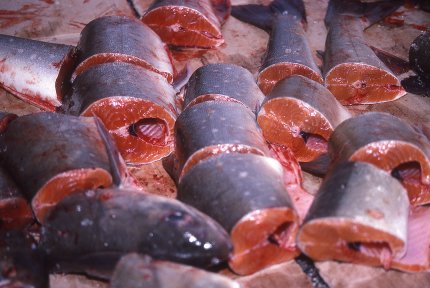
#Food source 2 skin
Turkey or chicken with the skin removed, or bison (also called buffalo meat).Some healthy sources of animal protein include: Whole grains contain more protein than refined or "white" products.Ĭhildren and teens may need different amounts, depending on their age. Low fat dairy is also a good source of protein. ½ cup (65 grams) cooked beans or lentils.One ounce (30 grams) of most protein-rich foods contains 7 grams of protein. Therefore, a person on a 2000 calorie diet could eat 100 grams of protein, or 400 calories from protein, which would supply 20% of their total daily calories.

The daily recommended intake of protein for healthy adults is 10% to 35% of your total calorie needs. The American Heart Association makes dietary recommendations only after carefully considering the latest scientific evidence.The amount of protein you need in your diet will depend on your overall calorie needs. When you hear about the latest “diet of the day” or a new or odd-sounding theory about food, consider the source. In general, you can’t go wrong eating more fruits, vegetables and whole grains – and taking in fewer calories. Saturated fats are just one piece of the puzzle. The more important thing to remember is the overall dietary picture. Decades of sound science has proven it can raise your “bad” cholesterol and put you at higher risk for heart disease. The American Heart Association recommends limiting saturated fats – which are found in butter, cheese, red meat and other animal-based foods, and tropical oils. There’s a lot of conflicting information about saturated fats. You also might try to replace some of the meat you eat with beans or legumes. Prepare them without added saturated and trans fat.Įat foods made with liquid vegetable oil but not tropical oils. What are alternatives to replace saturated fats in the foods I eat?Īs part of an overall heart-healthy dietary pattern, choose lean meats and poultry without skin. Limit salt, sugar, animal fat, processed foods and alcohol.Choose whole grains, lean and plant-based protein and a variety of fruits and vegetables.Balance calorie intake with calorie needs to achieve and maintain a healthy weight.Apply this general guidance regardless of where your food is prepared or consumed: Remember the big picture, your overall eating pattern. That’s about 13 grams of saturated fat per day. The American Heart Association recommends aiming for a dietary pattern that achieves 5% to 6% of calories from saturated fat.įor example, if you need about 2,000 calories a day, no more than 120 of them should come from saturated fat.

Examples of foods with saturated fat are: Most come from animal sources, including meat and dairy products, as well as tropical fats like coconut, palm and palm kernel. Saturated fats occur naturally in many foods. Replacing foods that are high in saturated fat with healthier options can lower risk of heart disease.

Because they are typically solid at room temperature, they are sometimes called “solid fats.” Saturated fats can cause problems with your cholesterol levels, which can increase your risk of heart disease. Saturated fats are found in animal-based foods like beef, pork, poultry, full-fat dairy products and eggs and tropical oils like coconut, and palm. Saturated fats are typically solid at room temperature. A high level of LDL cholesterol in your blood increases your risk of heart disease and stroke.

National Hypertension Control InitiativeĮating too much saturated fat can raise the level of LDL cholesterol in your blood.Pets and Your Health / Healthy Bond for Life.


 0 kommentar(er)
0 kommentar(er)
